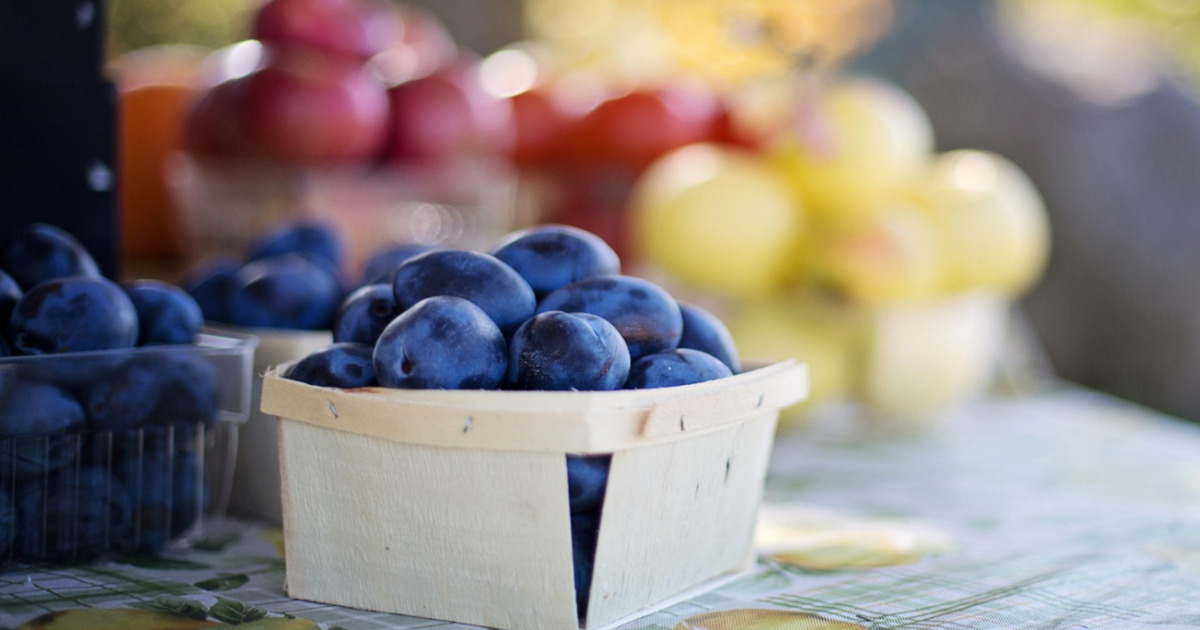
With a Focus on Food Sovereignty, Rural Appalachian Ohio is Rebounding
The school system’s Summer Food Bus offers groceries free to any resident in the district with children. On Tuesdays, the bus travels to three stops in the western part of the district and on Fridays, it visits three in the east. The goal is to ease residents’ transportation burdens by getting as close to them as possible.
July 30, 2019 | Source: Civil Eats | by Nicole Rasul
Communities are creating food access, markets, and opportunity in the southeastern Appalachian foothills.
“Vegetables are so expensive, I’d rather get them somewhere like this,” says Tisha, who visits the bus weekly. She asks for two boxes to be made up; one for her own family and another for a family who couldn’t make it over that morning, thanks to a broken-down car.
It is this marker of rural poverty—lack of or limited transportation—that led George Wood, the district’s superintendent, to conceive of the food bus model three years ago. In a massive rural district covering more than 190 square miles, food pantries serve as a lifeline to many of the families living in this part of the Appalachian foothills. But they haven’t always been easy to access. “Many people don’t have working cars and there’s no mass transit here,” says Wood.
Though summer lunch programs are staged at public libraries and town halls throughout the region, Wood knows that some families can’t access them frequently due to transportation struggles.
